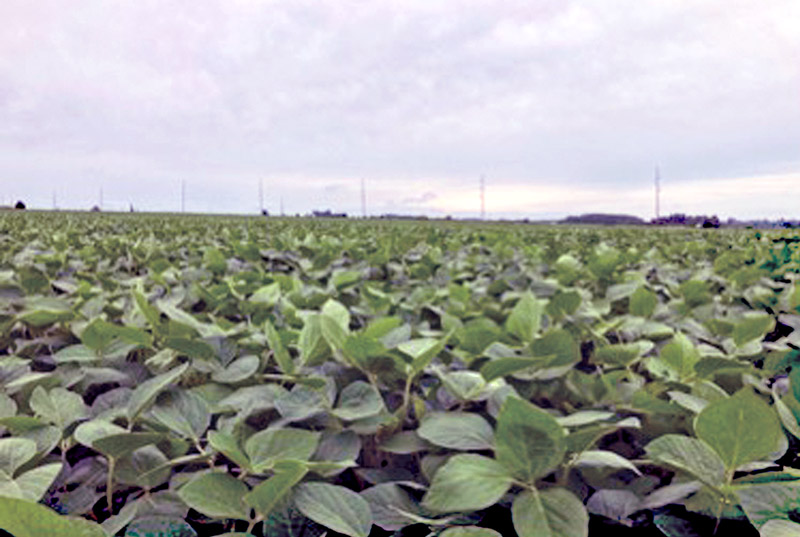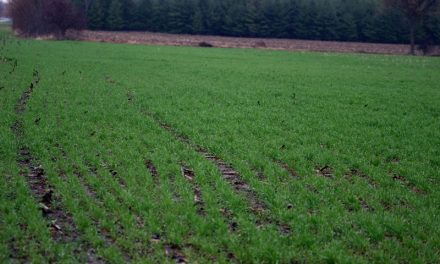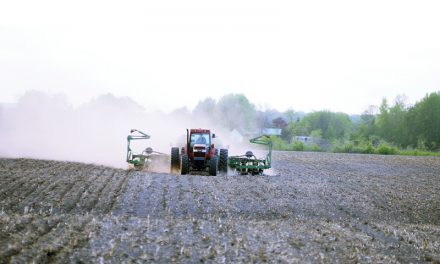To learn more about crop rotation and its importance to your farm, please contact your local agronomist. Courtesy Photo
By Kelsey Banks, Agronomist
AgriNews Contributor
As an agronomist I tend to hear similar things working from farm to farm: “It’s too dry” or “It’s too wet” or another is “I would love to be able to have more acres so I could rotate my crops more or widen my crop selection, but right now I need all the land that I have access to, to be dedicated to feed.”
Although I can understand the need for feed for livestock farms, crop rotation plays a role in ensuring the grower is producing quality yield and quality feed.
Crop rotation with your neighbour is a collaboration of a farm trading fields with their neighbour to improve both field’s production and health. This is how it works:
Grower 1 is a livestock farmer that has a limited amount of acres to grow feed on. Every year this grower sticks to their farm plan – hay in all of their fields around home and corn in a field nearby. They are not producing the same amount of crop and quality of crop that is required by their livestock nutritionist and are looking for a way to improve yield and quality. They do not rotate their crops. Grower 1 would like a solution to how he can grow a better feed crop.
Grower 2 is a grain farmer that grows corn, soybeans, and winter wheat, but is finding some of their fields are not producing as much in yield and quality crop and their soil organic matter levels are low. Grower 2 would like a solution to how he can improve his yield and quality of crop.
Grower 1 and grower 2 – it is time to collaborate!
Grower 1 or grower 2 may be interested in trading fields for a pre-determined period that is typically between 5 – 7 years. The goal is that both farmers will be able to improve their yield and quality and soil health. From grower 1’s perspective, they will be trading fields with someone who has a field that has been rotated, may have had been tilled every year, and needs a crop like hay and manure to boost that field’s soil organic matter to eventually better produce higher yielding and better quality crops. From grower 2’s perspective, they will be trading fields with someone who has a field that has likely not been rotated, most likely has high soil organic matter, and has access to manure spreading equipment.
The end goal is to increase yield, quality of crop, and soil health for both growers. To achieve this goal a grower should consider who they are trading fields with to ensure both farms can work together, not just agronomically, but socially as well. Agronomically speaking, there are many benefits of crop rotation including:
- Increased yields
- Insect, disease and weed problems are easier to manage
- More balanced use of soil nutrients













